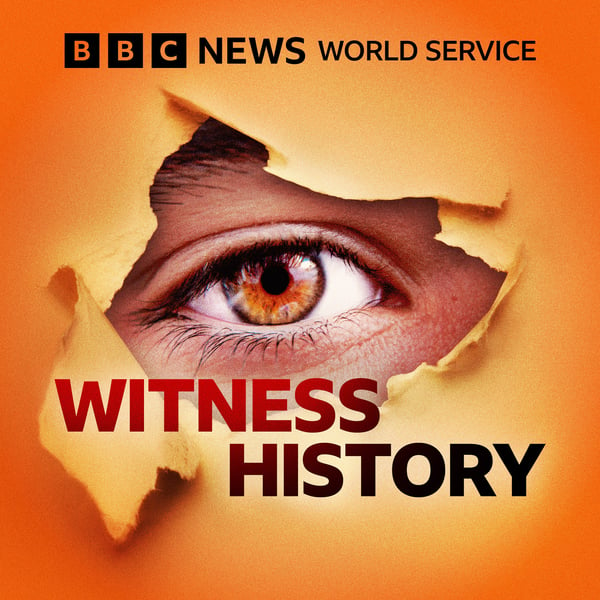The Great Fire of Smyrna
Witness History
BBC
4.4 • 1.6K Ratings
🗓️ 13 September 2016
⏱️ 9 minutes
🧾️ Download transcript
Summary
Smyrna on Turkey's Aegean coast was one of the richest cities in the Ottoman Empire. It had a diverse mix of peoples and religions - Greeks, Turks, Armenians, Levantines, and Jews. The city was famous for its tolerant and cosmopolitan way of life.
But that began to change in the aftermath of World War One. The Greek army occupied Smyrna and its surroundings and was responsible for atrocities against Turks. Then in September 1922, Turkish forces routed the Greek army and re-entered the city. They began a campaign of rape, murder and looting mainly targeted at Armenians and Greeks. Within days the city was ablaze.
Rob Walker has been speaking to Jacques Nalbantian, who was five years old when the fire broke out, and to the historian Giles Milton.
(Photo: Turkish soldiers on the march near Smyrna in September 1922. Credit: Topical Press Agency/Hulton Archive/Getty Images)
Transcript
Click on a timestamp to play from that location
| 0:00.0 | Hello you're listening to Witness here on the BBC World Service. I'm Rob Walker. |
| 0:05.0 | Today we're going back to 1922 and to a city that no longer exists. In September 1922, |
| 0:15.0 | 1922, Turkish forces entered the city of Smyrna, |
| 0:22.0 | a rich and strategic port on the Aegean coast. |
| 0:25.0 | Within days most of the population had fled their homes and much of the city itself was a smoldering ruin. |
| 0:32.0 | We used to have a nice house and we had a nice living room. |
| 0:38.0 | I was a little boy then. |
| 0:40.0 | The family was relatively well to do there. |
| 0:44.0 | For centuries, Smyrna had been part of the Ottoman Empire, |
| 0:47.0 | but its population was a rich and diverse mix of both east and west, |
| 0:52.0 | of different ethnicities and religions. |
| 0:54.6 | Jacques Nal Bantian was from an Armenian family. |
| 0:58.0 | He was five years old in 1922, and he remembers evenings spent promenading with his parents. |
| 1:04.0 | We walk along all along the water back and forth. |
| 1:09.0 | It was really, really wonderful best. The best. The |
| 1:13.4 | The |
| 1:17.4 | The uniqueness of |
| 1:16.3 | Eayi. |
| 1:17.4 | The uniqueness of Smyna was the fact that it's had a Christian majority, |
| 1:22.4 | and the Greeks dominated the life of the |
| 1:24.1 | city. The Turks were the second biggest community but underlying all of this with the |
| 1:29.0 | Levantine community the vast and powerful and very very wealthy immigrants who'd come to the city about 200 years earlier |
... |
Please login to see the full transcript.
Disclaimer: The podcast and artwork embedded on this page are from BBC, and are the property of its owner and not affiliated with or endorsed by Tapesearch.
Generated transcripts are the property of BBC and are distributed freely under the Fair Use doctrine. Transcripts generated by Tapesearch are not guaranteed to be accurate.
Copyright © Tapesearch 2025.

